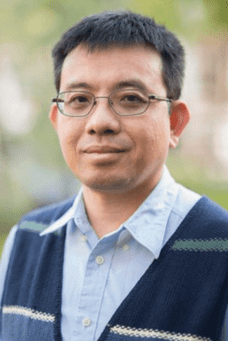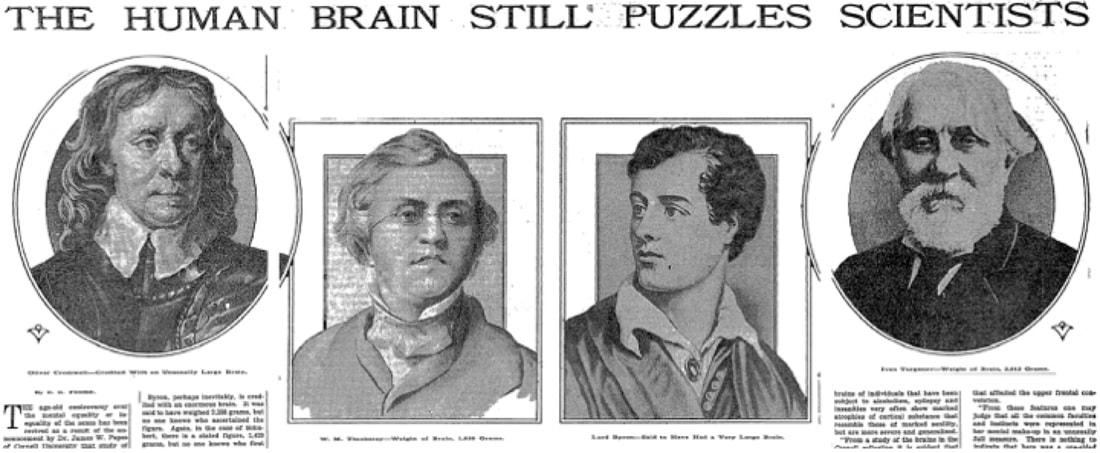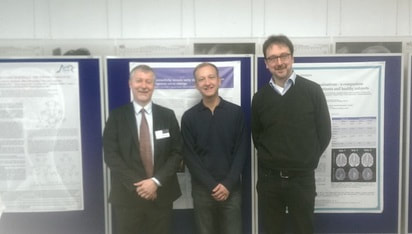 Bosco Tjan (Photo/Peter Zhaoyu Zhou) Bosco Tjan (Photo/Peter Zhaoyu Zhou) BY PANTHEA HEYDARI Last week, we were hit with the news. It was friday night. December 2, 2016. We were at an Escape Room in West Hollywood celebrating my friend’s successful doctoral defense. “Cheers to the Doctor!” It was glorious. He had made it the other side of graduate school. Not that there was any doubt, but, damn, did it feel good. And it wasn’t even me!! It was a night for celebration! And we had just solved the Escape Room mystery. Cherry on top of the day! But then, we got the email. “With tremendous sadness, I write to share the news that Professor Bosco Tjan was tragically killed this afternoon.”, wrote President C. L. Max Nikias. There was something about his prolific work in vision, a student--wait a stabbing (what?!)--, his family, and reflection. The only thing I saw was Bosco’s name. I looked towards my friends. The newly minted doctor in philosophy of neuroscience just sat in silence. We were stunned. “Bosco?!” ------ Dr. Bosco Tjan passed away on Friday, Dec 2, 2016 and the hole he left behind is felt not only by his friends and family, but also by his many students and colleagues. Professionally, Bosco was a visionary. He served as the co-director of the Dana and David Dornsife Cognitive Neuroimaging Center, taught as a professor of psychology and neuroscience, and ran his own lab investigating vision, specifically shapes and scenes. Personally, he was a coffee lover and cook, incredibly kind and helpful, and a family man. My first foray with Bosco was in 2012, when I started my program in Neuroscience at the University of Southern California. My initial class as a graduate student was Bosco’s famous Psychology 555 course: “Introduction to functional Magnetic Resonance Imaging”. It came highly recommended, so I was excited to sit in our little conference room and listen to cautionary tales about bringing metal into the MRI room, alongside the physics behind the BOLD signal, and instructions on how to use FSL to analyze data. His course was challenging and served as my first taste into the world of functional neuroimaging. I loved everything about it! Bosco was an incredible teacher: he was patient, knowledgeable, didn’t mind explaining things multiple ways, and had an incredible (to me!) sense of humor. He was an amazing source of information, and on the rare occasion that he didn’t know the answer, Bosco would look up resources and direct you on the right path. Bosco went above and beyond to help students understand and apply concepts. He always had an open door (or email) policy and was the “go-to” person for many students and professors for questions regarding the scanner, visual tracking, or how fMRI works in general. As a member of my committee, Bosco was invaluable in answering questions about my experimental design: which sequence to use and how to deal with inconsistencies in my data. He took the time to develop my study with me, not just dictating what to do and how to do it--he wanted to make sure I understood each step. Many of our conversations casually started over a morning cup of espresso in the kitchen and continued on whiteboards in his office. Or in between sequences in the basement while I ran subjects. He was always testing, enhancing, learning. I am truly lucky to have had Bosco as a professor and committee member. His attitude towards science, education, and mentorship was something to try to emulate, though I doubt many of us can. It was an honor, Bosco. Thank you for all that you did for our graduate program, our institute, and our university. May you rest in peace. Or, maybe, if you prefer, with the clicks and hums of the scanner in the background. OHBM Communications Committee welcomes your comments, stories, and memories of Dr. Tjan. Please post these in the comments (upper right corner of post). You can read more about Dr. Tjan's life and work here.
1 Comment
BY KEVIN WEINER
Excerpt from OHBM Communications/Media Team article on Huff Post Science: New puzzles for brain scientists No matter how exciting the topic, your mind is bound to wander at some point when you’re sitting in a room for several hours listening to scientific presentations. This is exactly what happened to me during the meeting between the World Health Organization (WHO) and the Organization for Human Brain Mapping (OHBM) in Geneva. As a history of science nerd, when my mind wandered, it wasn’t about what I’d be having for lunch or a new beer I might try after the meeting was over. Instead, my mind wandered to a 1927 headline from the New York Times I recently stumbled upon that read, ‘Human brain still puzzles scientists.’ I began to wonder what headlines would look like 100 years from now and how the conversations in that room were actively shaping the headlines of the future. Read more. BY CYRIL PERNET The second meeting of the OHBM Alpine Chapter, with participants from Austria, Switzerland, Germany, Italy, France and Great Britain, took place on November 25-26, 2016. Over 100 scientists spent the weekend in Salzburg discussing translational imaging and the applications of fMRI in the clinic. At the meeting, leading Alpine researchers discussed the clinical applications of MRI, such as fMRI in single patients, advancing presurgical applications in epilepsy, and diagnosing developmental abnormalities.
|
BLOG HOME
Archives
January 2024
|


 RSS Feed
RSS Feed